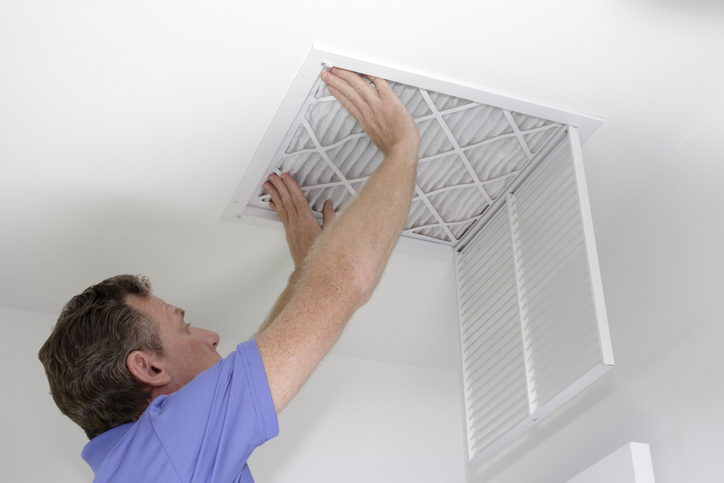
How To Get Rid Of Your Home’s Musty Smell
If you have ever experienced an odor coming from your HVAC system, you probably know how uncomfortable it can make your house. This is because your home’s HVAC system is a prime breeding ground for mold and mildew, which causes that musty smell. Dealing with musty smells in your home can be frustrating, so our HVAC company has put together this handy guide to removing that musty smell from your home.
Contact LIBERTYAIR Air Conditioning & Heating today to schedule AC repair or learn more about our other HVAC services!
Replace Air Filters
One of the most common causes of that pesky musty smell is an old HVAC filter. The older an air filter gets, the more airborne particles can build up, which can cause clogs and decrease its efficiency. Double-check to ensure you use the right Minimum Efficiency Reporting Value, also called a MERV rating, for your air conditioning unit. If the smell is still lingering in your home, even after changing the filter, we recommend raising your filter’s MERV rating even after changing the filter.
Check For Excess Moisture
As condensation forms on your HVAC unit’s evaporator coils, the water drips into the condensate pan and flows down the drain line, along with all the dirt that fell into the pan in the past. This extra moisture on neglected evaporator coils creates the perfect environment for mold and mildew to grow in the condensate pan. If you notice excess water, we recommend cleaning the condensate pan by removing the water with a towel or vacuum, then cleaning the pan with a mild soap.
Clean Coils
Your HVAC system’s coils come into regular contact with the outside air and are responsible for heat exchanges, so they must be kept clean. While there are two main sets of coils, the condenser and the evaporator coil, the musty smell is likely caused by a dirty evaporator coil. To get rid of any odors coming from the coil, we recommend contacting a professional for routine cleaning of your coils. This can also prevent the build-up of allergens, dust, and mold spores in the HVAC’s coil system, helping maintain proper indoor air quality.